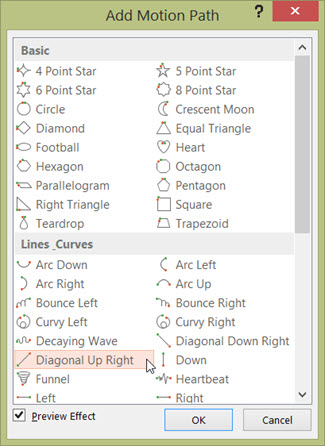

BUT - actual workshops are appearing in more states.Please use this link to an infographic about the modern movement: īenefits of Tiny HousesThe Efficiencies of Energy, Economics, and Ecology.EnergyDue mostly to their size, tiny homes are incredibly energy efficient.The 2012 average monthly consumption of electricity for the residential customer in the South Atlantic region (EIA's designation for FL, DC, NC, SC, DE, VA, MD, & WV) was 1,079 kWh. Albert Einstein"If you own a rug, you own too much." - Jack KerouacNowThe small house (tiny house) movement can be seen having surged in the past decade due to rising energy costs, global climate change concerns, aging Baby Boomer Generation, and economic downturn.It's almost all online - including ebooks, blogs (lots of blogs), house plans, forums, etc. I believe that a simple and unassuming manner of life is best for everyone, best for both the body and the mind. Thoreau, Walden.Possessions, outward success, publicity, luxury - to me these have always been contemptible. The Movement in QuotesI went to the woods because I wished to live deliberately, to front only the essential facts of life, and see if I could not learn what it had to teach, and not, when I came to die, discover that I had not lived." -H. The Not-So-Big HouseSarah Susanka, American Architect, is credited on starting the modern (90s to 00s) movement with her book series, The Not So Big House (pub. The surge in automobile ownership in the 1920s brought "autohomes" that were handmade.Others see backlash against suburban ideals in the 1960s with a resurgence in the 1990s. What is the Tiny House Movement?Movement traced back to Henry David Thoreau and his cabin in Walden in 1854. Note - These categories are just one way to understand tiny homes, apart from the panoply of styles, materials, etc. (Now 2.6)Energy costs aren't getting any cheaper.Average House Size: 1950s and onwardĭoes the data line up? What might be a solution?What is a Tiny House? "I never really make a definitive definition of what is small and what constitutes a small house." -Jay Shafer, founder/designer of the Tumbleweed Tiny House Company.The definition stems not from the actual house, but the deliberate choice of the owner (usually builder) of simplifying, reducing, and becoming more efficient (whether for economic, conscious, or other reasons).But really, what's a tiny house? Tiny Houses: Common CharacteristicsUsually under (or just at) 1000 sq ft (the 1950 average house size).Almost always handmade, owner built, or built by small companies.Can be split into four informal categories by size, from largest to smallest: Cottage (up to 1000 sq ft or more), Classic (100-300 sq ft), Micro/Pico (under 100 sq ft), Short-term (Wee Shelters) (even less than 100 sq ft - includes reading shacks). house size (in sq ft) has gone from 1000 sq ft in 1950 to 2000 in 2000, up now to 2400 sq ft.Building permits are at a 5-year high for new homes.Average # of people per household has been dropping for 50 years. This presentation and their use are meant for purely academic purposes.Questions to ConsiderWith energy and resource prices rising, savings falling, and global climate change looming, is the tiny house movement a possible solution for some people? Is a tiny house more energy and resource efficient than the average American household? And further, can you actually go about building or buying and if so, what are the benefits and drawbacks?What are the legal issues that can arise with Tiny Houses? And how might they be overcome?What is the Tiny House Movement?Historical Context Some I have given the source to, and others I have not.

The Tiny House MovementBy Austin GriffinLegal Note There are many photos and videos in this presentation I gleaned from online sources.


 0 kommentar(er)
0 kommentar(er)
